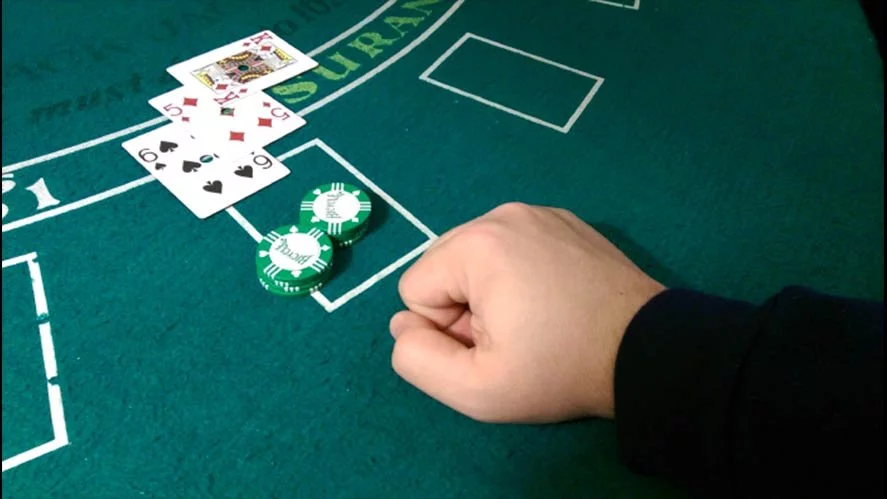Learning basic strategy for blackjack isn’t difficult but it isn’t entirely simple either. Through the years, I’ve read and practiced the strategy in different ways to stay sharp or improve my game.
One tactic that has worked for me is to isolate certain parts of the blackjack basic strategy. I’ve shared some of my soft spots when it comes to playing perfect basic strategy in recent years.
This helps since it trains the brain to remember certain plays. It can get confusing sometimes to remember too many things at once.
Two categories of plays stand out when playing blackjack because they include increasing the initial wager.
Splitting pairs and doubling down on a hand of blackjack can be big hits to the bankroll if played incorrectly too often. Similarly, playing these hands correctly can lead to wild wins and stories that will last a lifetime.
In other words, playing these hands correctly can help keep the house edge of a blackjack game as low as possible. In turn, a blackjack player win and have a great time. That’s why we play the game.
When To Split Pairs
Splitting pairs in blackjack can be strategically sound. This move can be financially prudent if done correctly.
Both points are important. Blackjack players should be splitting pairs because the correct basic strategy says so. The incorrect plays only increase the house edge for the casino.
The optimal blackjack strategy says to wait for the right time to split pairs and possibly make more than the original wager. These hands can be very fruitful either leading to playing longer or walking away from the blackjack table as a winner.
Here’s a quick guide on when to split pairs when playing blackjack with perfect basic strategy:
- Always split Aces
- Split 2’s if the dealer shows 4, 5, 6, 7
- Split 3’s if the dealer shows 4, 5, 6, 7
- Don’t split 4’s
- Don’t split 5’s (double down if the dealer shows a 9 or less)
- Split 6’s against dealer’s 3, 4, 5, 6
- Split 7’s against dealer’s 2, 3, 4, 5, 6, 7
- Always split 8’s
- Split 9’s against a dealer’s 2, 3, 4, 5, 6, 8,9 – *not 7
- Don’t split 10’s
These basic strategy rules may be different when counting cards. Some hands have a different strategy if a casino allows doubling after splitting pairs.
When To Double Down
Knowing when to double down in blackjack can be fruitful as a player can wager as much as twice the original bet.
Doubling down correctly is an important part of blackjack strategy. Sometimes this is one of the easiest moves to remember.
For example, a player should always double when dealt an 11 unless the dealer is showing an Ace. Otherwise, the dealer’s card doesn’t matter.
That’s it. That’s the move – a player should always double when dealt an 11 unless the dealer is showing an Ace.
The correct basic strategy for doubling down gets a little more complicated when a player is dealt other hands. Let’s take a look at the correct hands when a player should double down when playing blackjack.
Hard hands
- Hard 9 against a dealer showing 3, 4, 5, 6
- Hard 10 against a dealer showing 2, 3, 4, 5, 6, 7, 8, 9
- Hard 11 against a dealer showing 2, 3, 4, 5, 6, 7, 8, 9, 10
Soft Hands
- Soft 13 against a dealer showing 5, 6
- Soft 14 against a dealer showing 5, 6
- Soft 15 against a dealer showing 4, 5, 6
- Soft 16 against a dealer showing 4, 5, 6
- Soft 17 against a dealer showing 3, 4, 5, 6
- Soft 18 against a dealer showing 3, 4, 5, 6
There are plenty of opportunities to double down or split. These hands are strategically important and can go a long way in helping make blackjack a more fun game to play.

